How To Grow A Windowsill Full Of Veggies This Winter, According To A Top Gardening Expert
Award-winning journalist and climate-resilient gardening expert Kim Stoddart reveals her top plant picks and tips for a productive winter windowsill garden.

As vegetable gardens slow and slumber in the fall, it’s time to turn our attention to edible growing opportunities indoors. The enjoyment of home growing doesn’t have to stop just because the seasons change. It can continue through the colder months of the year with a lovely windowsill garden full of vegetables and herbs that are easy to nurture indoors.
By choosing lots of lovely cut and come again plants or by germinating more seeds into plants, the grow-your-own fun can continue all winter long. Not only will you have fresh produce to nibble on all winter, but you can also reduce plastic use, save money, and boost your health and well-being when you fill your home with a beautiful living display.
Best Plants for Windowsill Gardens
Here are my top plant picks for a productive windowsill garden during the cold months. Plus, tips for success that I’ve learned during my years of indoor growing.
1. Lettuce
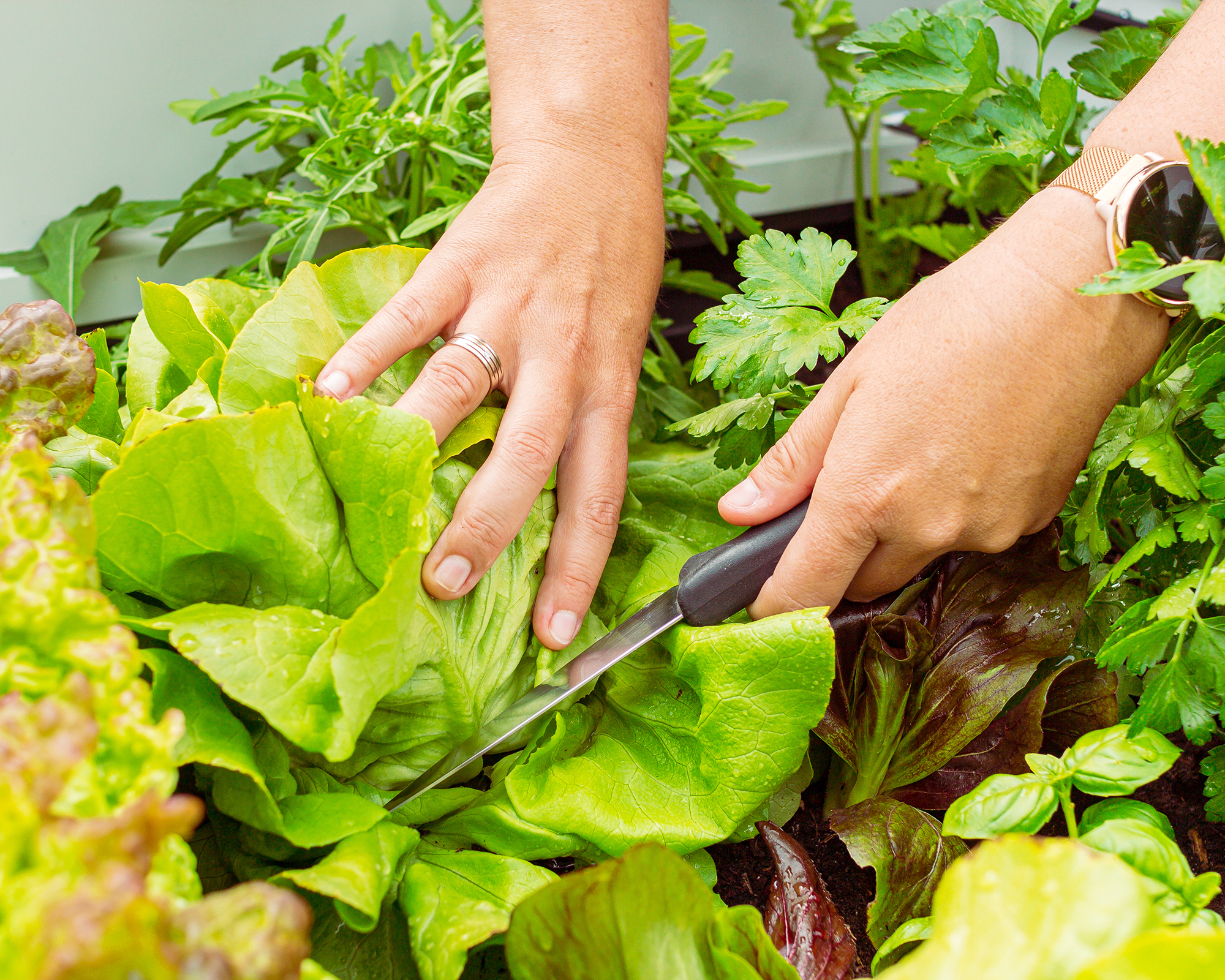
You can reliably grow the loveliest of leaves for salad on a windowsill. Cut and come again loose-leaf varieties are some of the best indoor vegetables to grow because the more you harvest, the more you get. Growing lettuce indoors this way means you’ll have a supply of fresh greens that lasts over many weeks.
Work with any leftover seed you have already and thinly sow seeds in a good seed starting mix Plant 1/4 inch (.6 cm) deep and 2 inches (5 cm) apart for regular pickings.
Salad is arguably even more exciting grown indoors during the winter months, and certainly much fresher than anything store-bought can offer.
2. Arugula
These delicious slightly peppery-tasting leaves are another great windowsill plant. You can grow arugula alongside other varieties and they will keep on producing all winter long.
Gardening tips, videos, info and more delivered right to your inbox!
Sign up for the Gardening Know How newsletter today and receive a free copy of our e-book "How to Grow Delicious Tomatoes".
In fact, after plants have outgrown their windowsill growing quarters, you can transplant them into a bigger container and keep harvesting. Or plant your arugula outside when the weather warms up in spring.
3. Cilantro

A little more cold-weather hardy than you might imagine, this zesty delight of a herb can produce lots of windowsill plants over the winter months. If you don’t have any leftover packets to grow cilantro indoors, try germinating coriander seeds from the store instead. Just sow seeds 1/4 inch (.6 cm) deep in seed starting mix and water well to encourage germination.
Cilantro has a tendency to bolt (or flower and set seed) during the warmer months, so winter growing enables plants to carry on producing without this risk.
4. Parsley
Packed full of vitamin C and a valuable ingredient for so many recipes, this delightful herb works well as part of a windowsill garden indoors. You can grow this classic herb in hoop tunnels or containers outside, but growing parsley indoors can be more productive. Plus, it’s closer-to-hand for convenient harvesting.
Parsley can be a little tricky at the best of times to germinate from seed. So you can either bring inside any smaller plants you have growing outdoors or look to growing grocery store herbs indoors for a quick herb fix.
Gently split supermarket herbs by their rootball into two or three smaller plants. Then carefully plant out the divisions into their new windowsill garden homes. You may remove some of the larger leaves at this point to help the plant adapt to its new, more spacious planter.
5. Microgreens
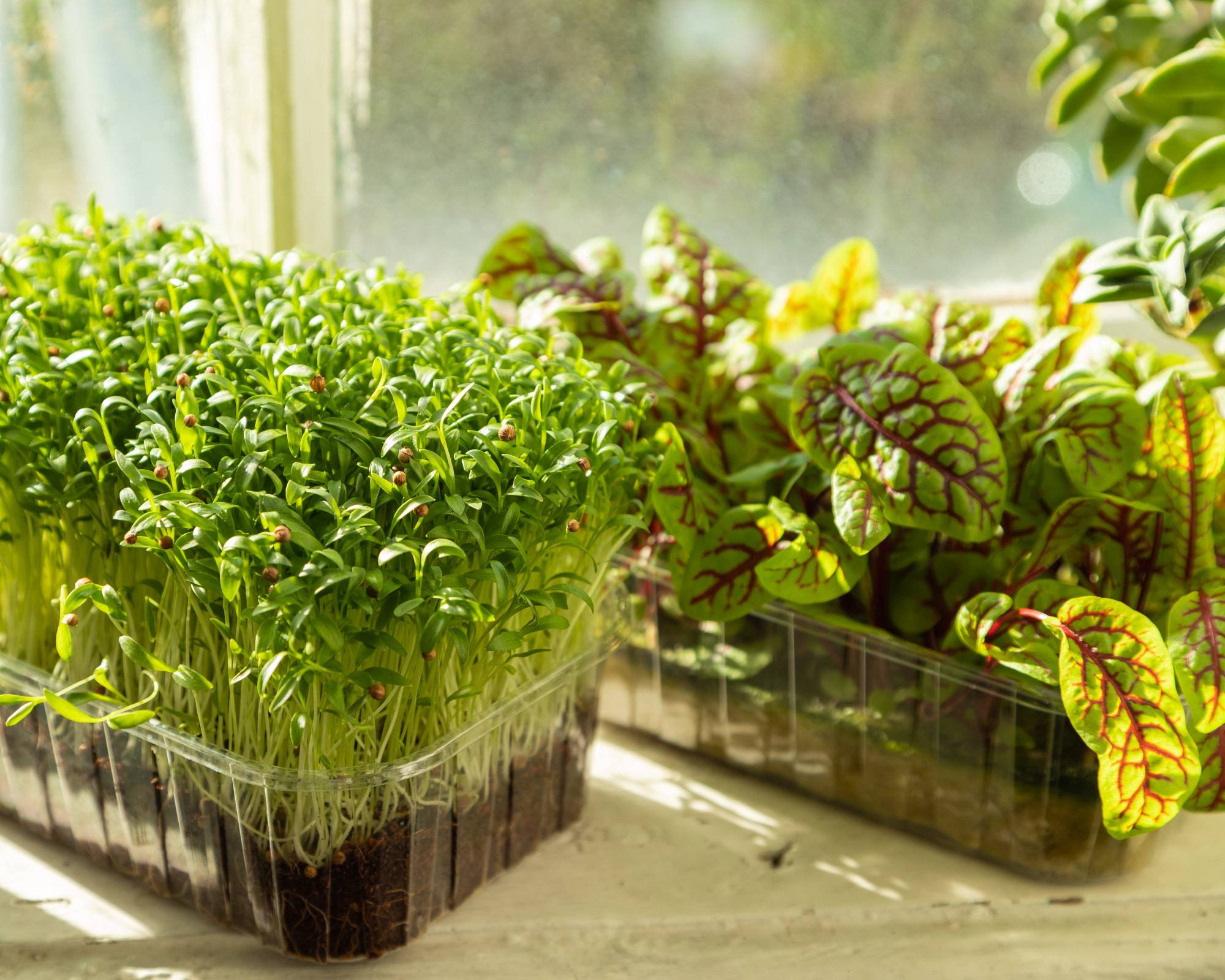
These mini-greens pack a mighty nutritional punch and are incredibly easy to grow. Have a look through your seed packets and see which brassica seed you have left over from the year before and give them a grow. You can also try to plant old, out-of-date seeds in this way to reduce waste.
As we are just looking for baby leaves to harvest, sow your seeds thickly. Kale, Swiss chard, Brussels sprouts, and broccoli all work well for growing microgreens. Sow them onto a thin layer of seed starting mix—just a few inches will do—and watch as they dutifully emerge and grow. They are ready to harvest once they produce their first two leaves.
Microgreens are ideal as a salad garnish, in sandwiches, or added to food as a colorful topping. Plus, they are a delicious and nutritious superfood you can easily grow anywhere during any time of year!
6. Pea Shoots
One of the best small space plants for windowsill growing has to be peas. Their delectably sweet shoots are a fantastic ingredient for salads or as a garnish for many savory dishes.
Since you are just growing peas indoors for the shoots, sow seeds thickly, about 1 to 2 inches (2.5 to 5 cm) apart and a 1/2 inch (1.2 cm) deep in seed starting mix. Add water and watch with excitement as they spring to life.
Shoots are ready to harvest when they are about 6 inches (16.2 cm) tall. Just leave a set of lower leaves in place so they can grow again for further harvests. Magic!
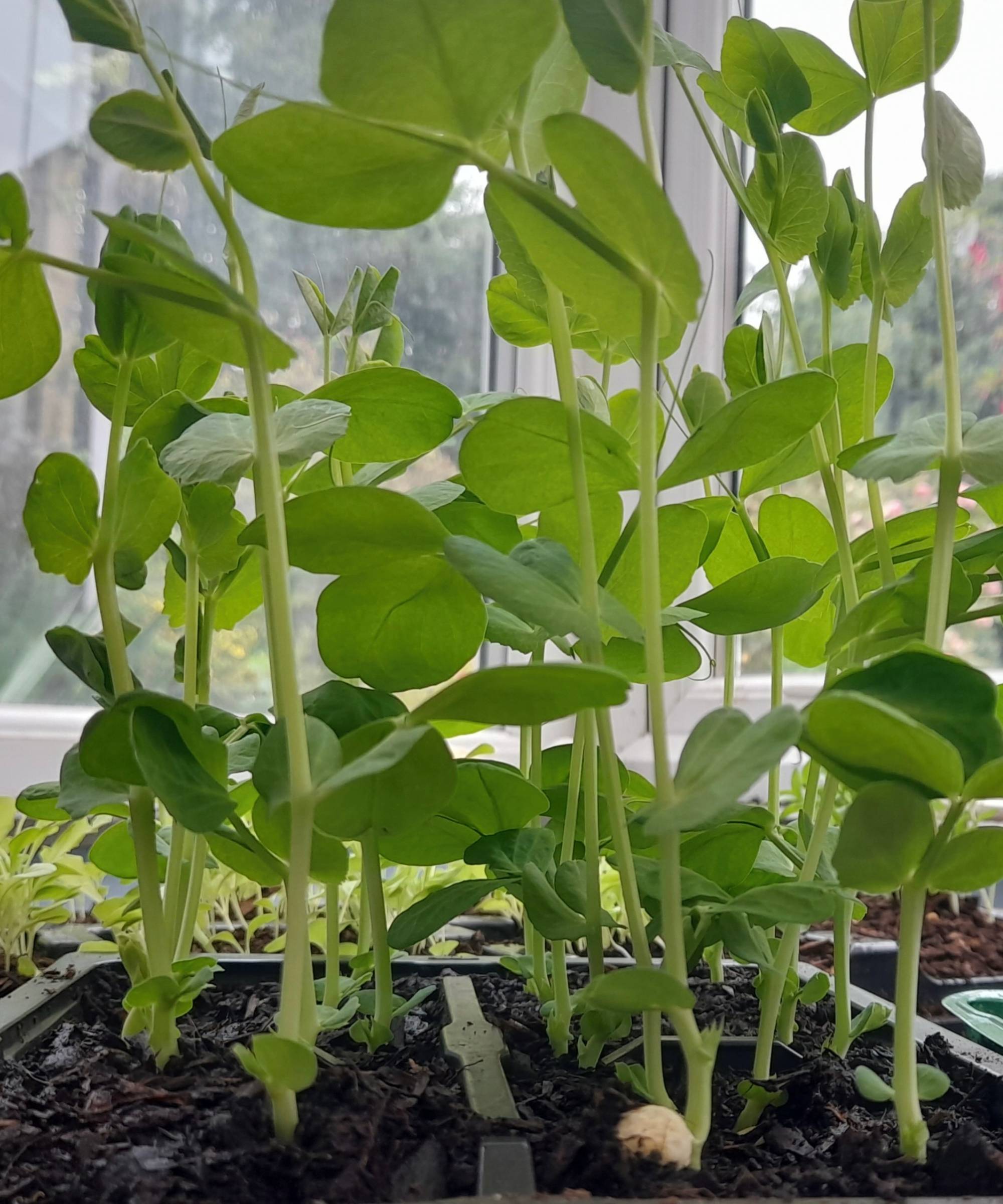
Frequently Asked Questions
What can I grow my windowsill garden in?
Work with what you have. A slim, long planter is ideal for a windowsill garden, but equally you can create a planter with anything from a supermarket plastic produce tray to an old vase or even a Wellington boot.
How do I water and feed my windowsill plants?
It’s important to get the watering right, especially when seeds are just sprouting. The best way to know if your windowsill plants need water is by putting your finger in the soil to check if it is too dry or too wet.
How long will these plants last?
Microgreens don’t last long, but everything else can be grown for a number of weeks, especially cut and come again lettuce, arugula, and herbs. If you have problems growing vegetables indoors, like plant leaves starting to yellow, try planting them on into bigger containers or adding some extra compost to provide a boost of nutrition.
Grow Like A Pro! Expert-Recommended Products
- Picking herbs is a pinch with these specialty herb scissors. Go straight from plant to plate without dirtying a cutting board.
- No droopy leaves here! Keep your windowsill garden well watered with the Cleo Houseplant Watering Can and Sprayer Set from Crescent Garden.
- Give your winter windowsill garden a strong start. Explore high-quality non-GMO vegetable and herb seeds in the Gardening Know How Shop.
- Make growing herbs indoors even easier with a beginner-friendly Mason Jar Herb Garden Soil Kit from Coco & Seed.
This article features products available from third party vendors on the Gardening Know How Shop.

Kim Stoddart is a multi award-winning UK journalist and leading authority on climate change resilient gardening, particularly home food growing.
She is the author of The Climate Change Resilient Vegetable Garden and co-author of The Climate Change Garden, as well as the editor of the world’s oldest gardening magazine, Amateur Gardening, which was founded in 1884.
-
 4 Superfast Composting Methods: Turn Waste Into Garden Gold In 30 Days Or Less
4 Superfast Composting Methods: Turn Waste Into Garden Gold In 30 Days Or LessTry the fastest composting methods to turbocharge your pile and transform kitchen scraps and garden waste into finished compost in just a few weeks.
By Mary Ellen Ellis
-
 Best Spider Plant Soil – Complete Soil Guide And Expert Tips For Keeping Plants Happy
Best Spider Plant Soil – Complete Soil Guide And Expert Tips For Keeping Plants HappySpider plants are fun and easy plants to grow, but what is the best soil for a spider plant? Selecting the right soil is important so they can thrive.
By Bonnie L. Grant
-
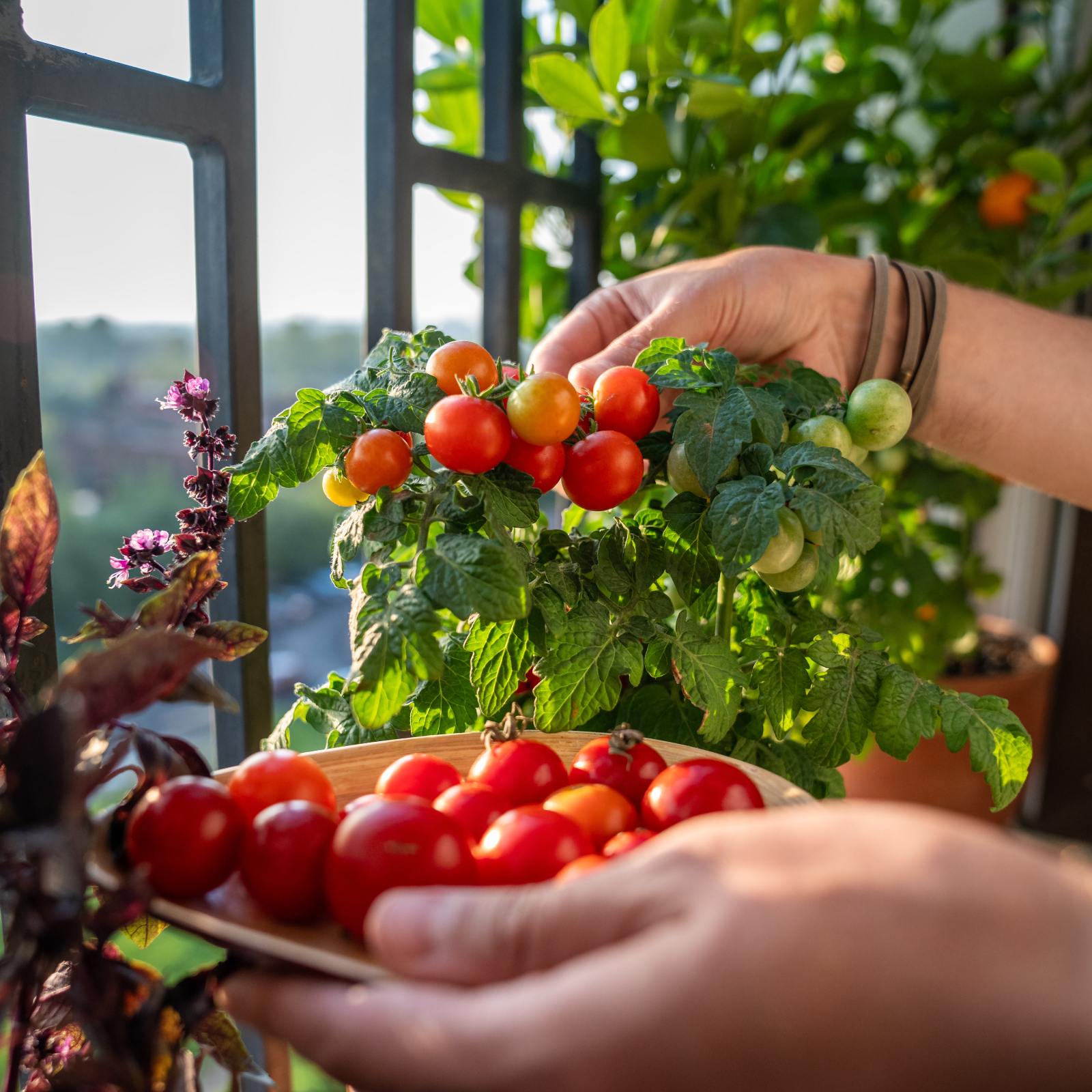 Best Tomatoes For Containers: 10 Tastiest Varieties For Plentiful Produce In Compact Areas
Best Tomatoes For Containers: 10 Tastiest Varieties For Plentiful Produce In Compact AreasThese are the best tomatoes for containers that prove you don't need to have a large space or elaborate garden to grow delicious produce.
By Bonnie L. Grant
-
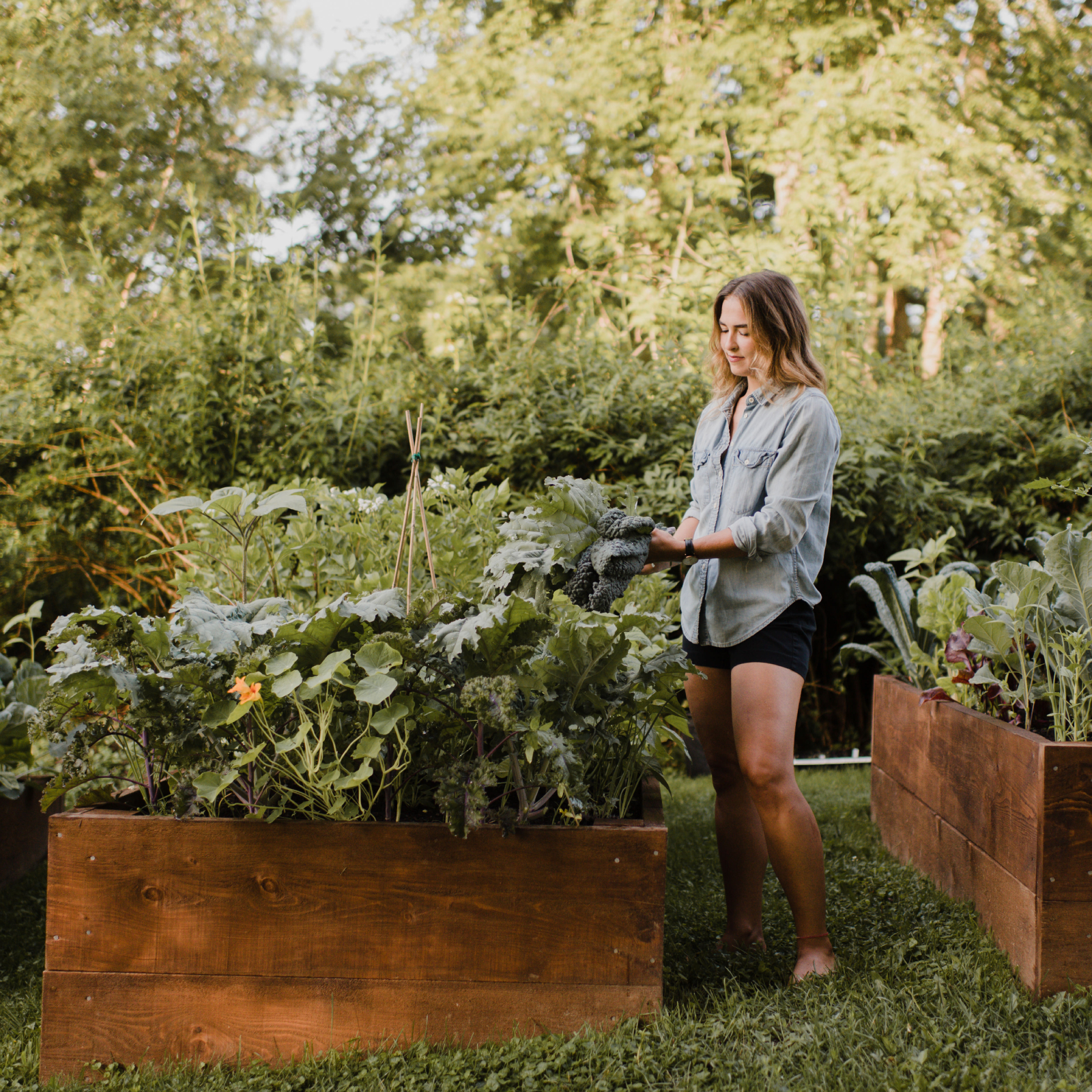 Raised Bed Garden Layout Ideas To Maximize Your Vegetable Harvest
Raised Bed Garden Layout Ideas To Maximize Your Vegetable HarvestCurious how to maximize your vegetable garden this year? Try these raised bed layout ideas and tips to get the most out of your space.
By Teo Spengler
-
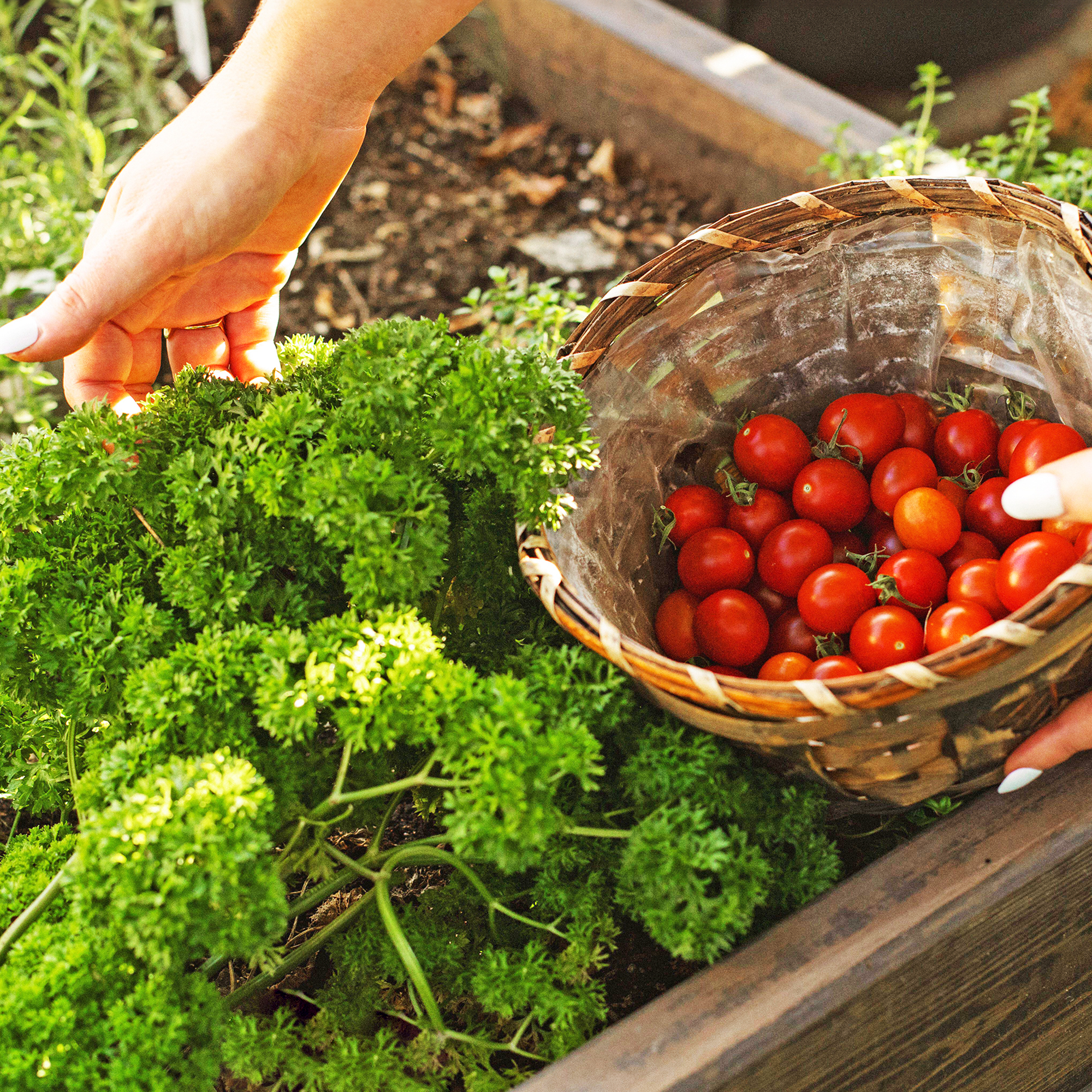 Best Herbs To Plant With Tomatoes: 6 Perfect Companions For Better Flavor & Bigger Harvests
Best Herbs To Plant With Tomatoes: 6 Perfect Companions For Better Flavor & Bigger HarvestsCertain herbs make excellent neighbors to tomatoes in the vegetable garden, repelling pests, keeping down weeds, and enhancing flavor. Try these top varieties.
By Mary Ellen Ellis
-
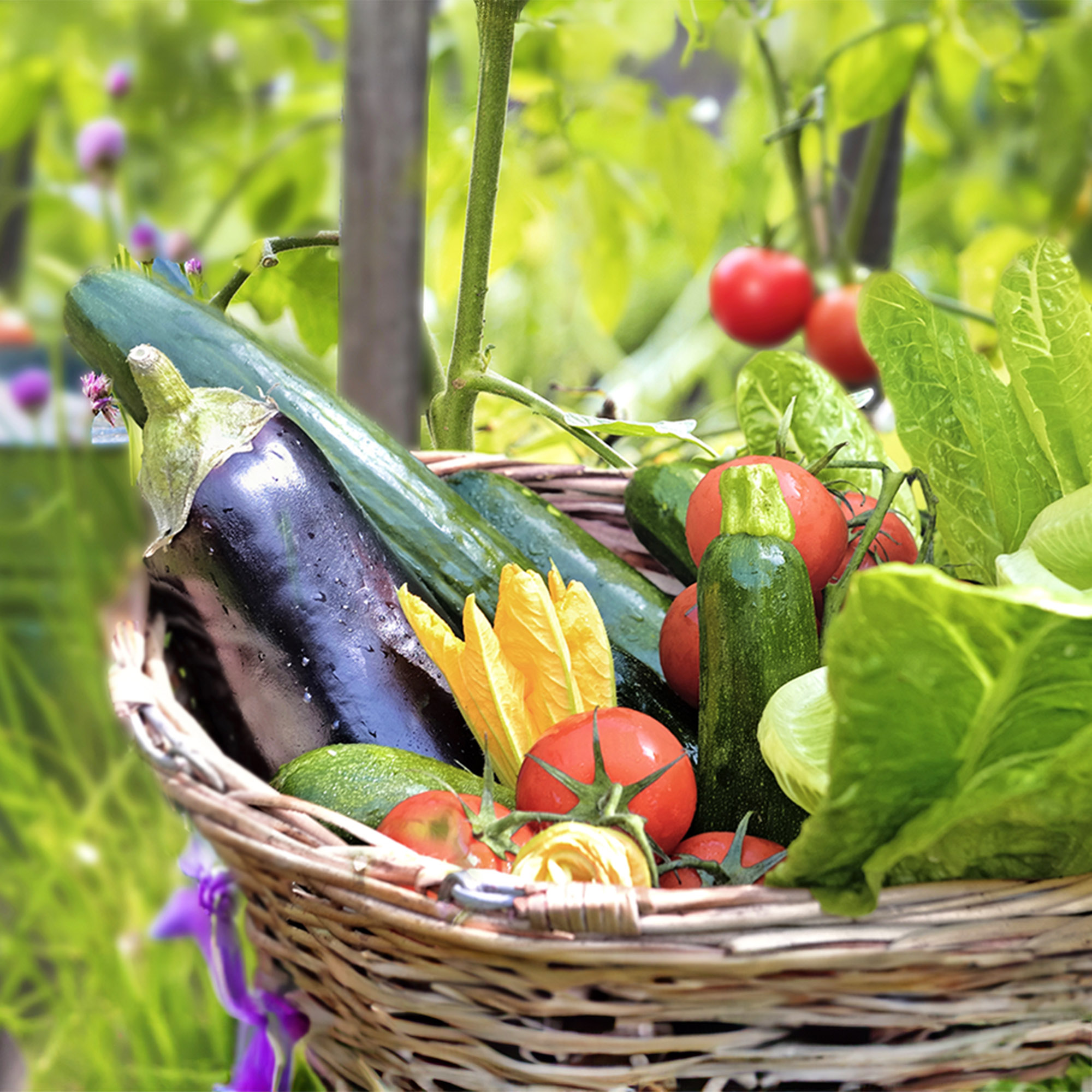 7 Best Vegetables To Plant In February – And Start Harvesting From Early Spring
7 Best Vegetables To Plant In February – And Start Harvesting From Early SpringGet a head start on your garden with these delicious veggies. Plant now and you can begin enjoying home-grown harvests sooner than you think.
By Mary Ellen Ellis
-
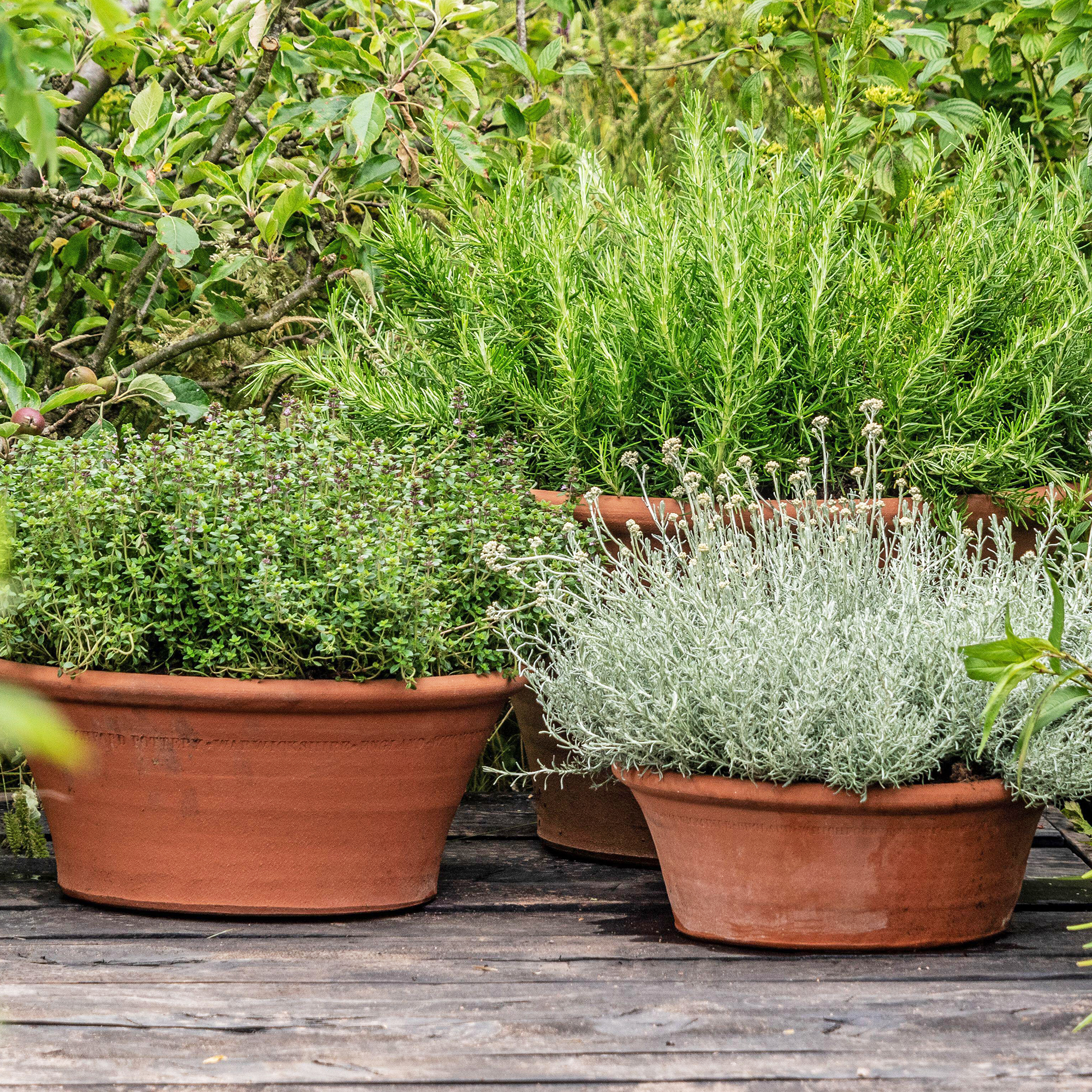 7 Perennial Herbs Perfect For Pots – Enjoy Aromatic Patio Harvests Year After Year
7 Perennial Herbs Perfect For Pots – Enjoy Aromatic Patio Harvests Year After YearDiscover the best perennial herbs to grow in pots. Ideal for small spaces, these low-maintenance plants offer year-round flavor and greenery on your patio.
By Bonnie L. Grant
-
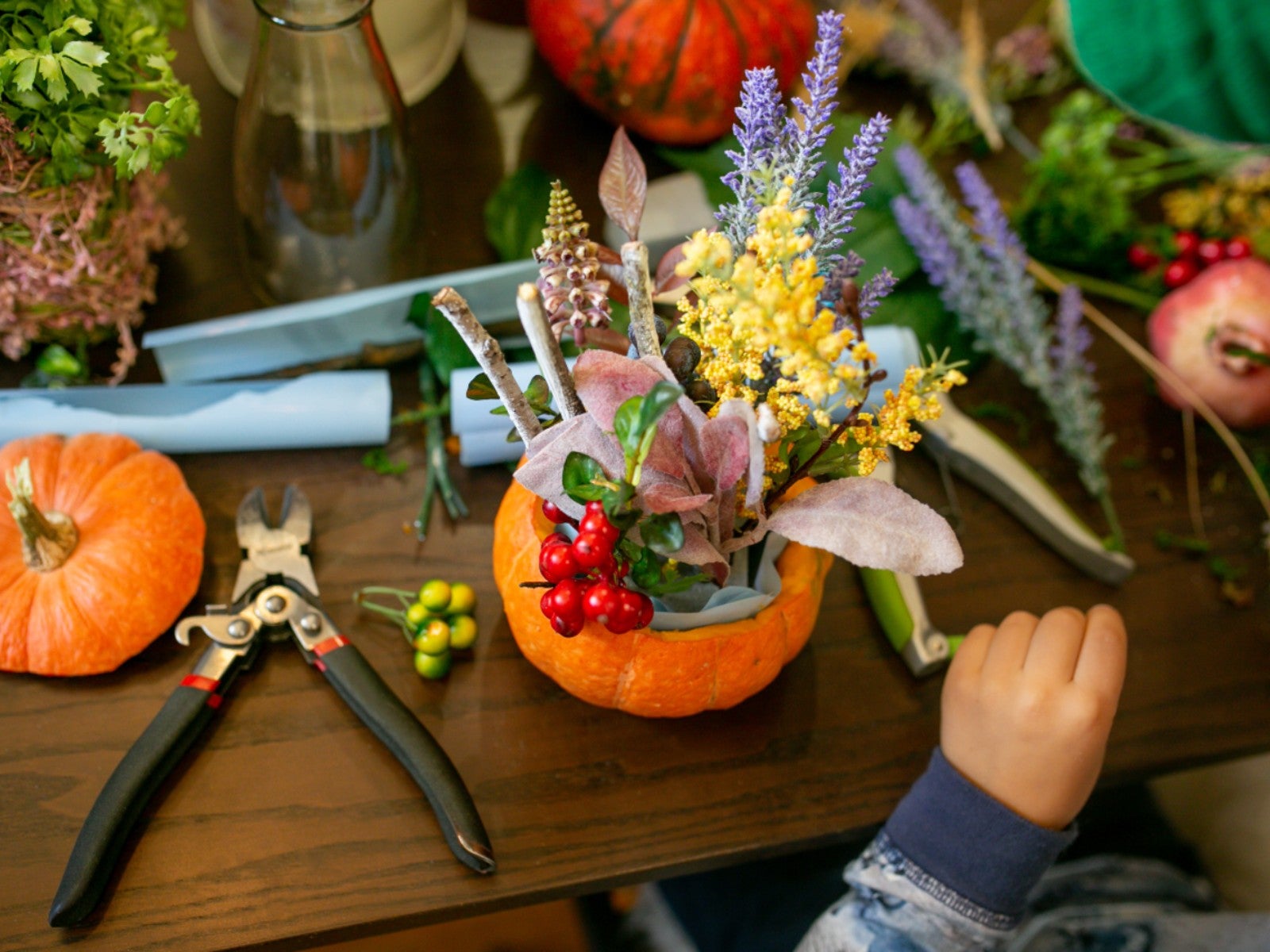 Do-It-Yourself Floral Pumpkin Centerpiece
Do-It-Yourself Floral Pumpkin CenterpieceCan you believe this pretty pumpkin centerpiece was made with just $13 worth of supplies? Plus, it was quick and easy.
By Amy Draiss
-
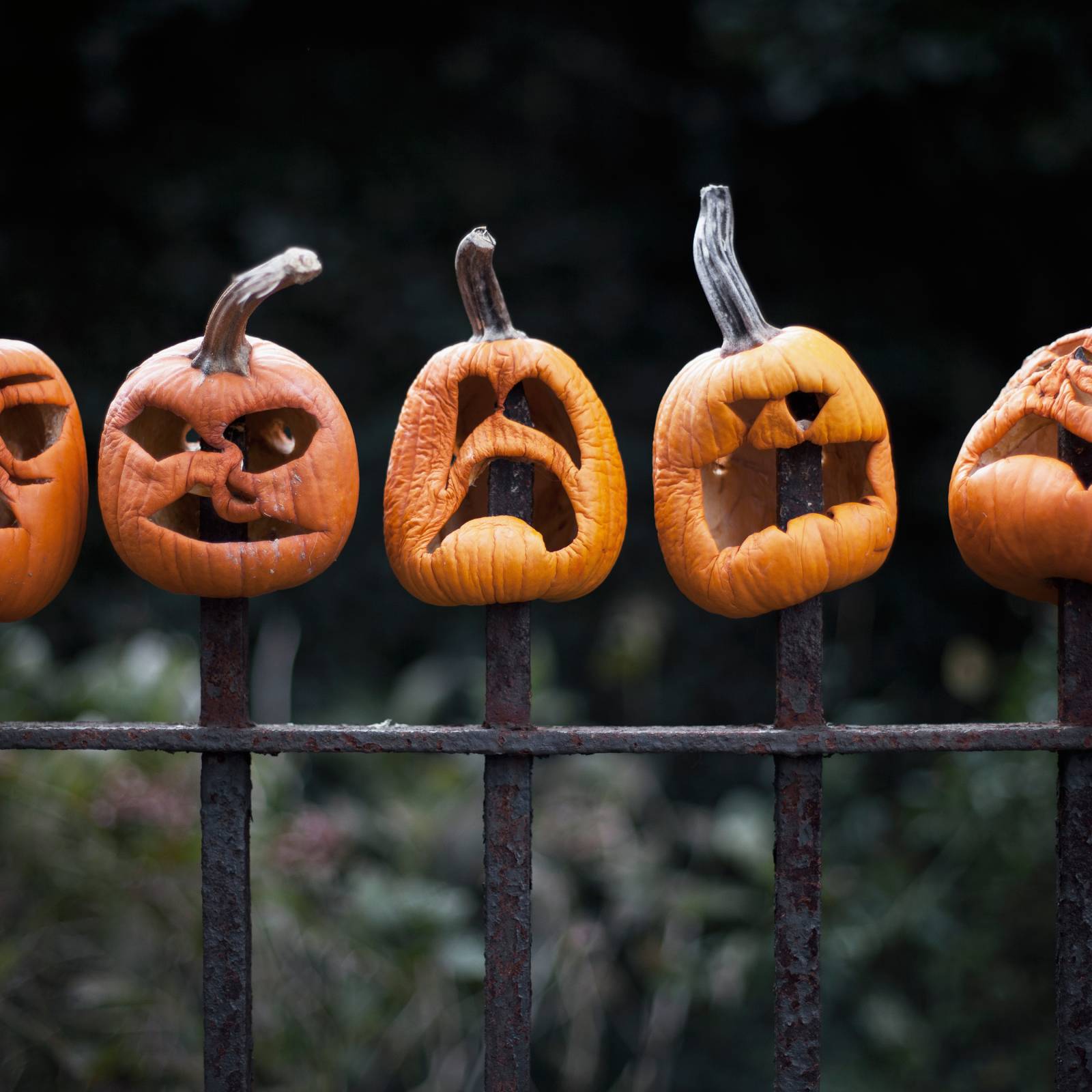 9 Fun Things To Do With Pumpkins That Are Past Their Prime
9 Fun Things To Do With Pumpkins That Are Past Their PrimeWondering what to do with your pumpkin after the Halloween fun is over? Learn what to do with your pumpkins when you are done decorating with them.
By Teo Spengler
-
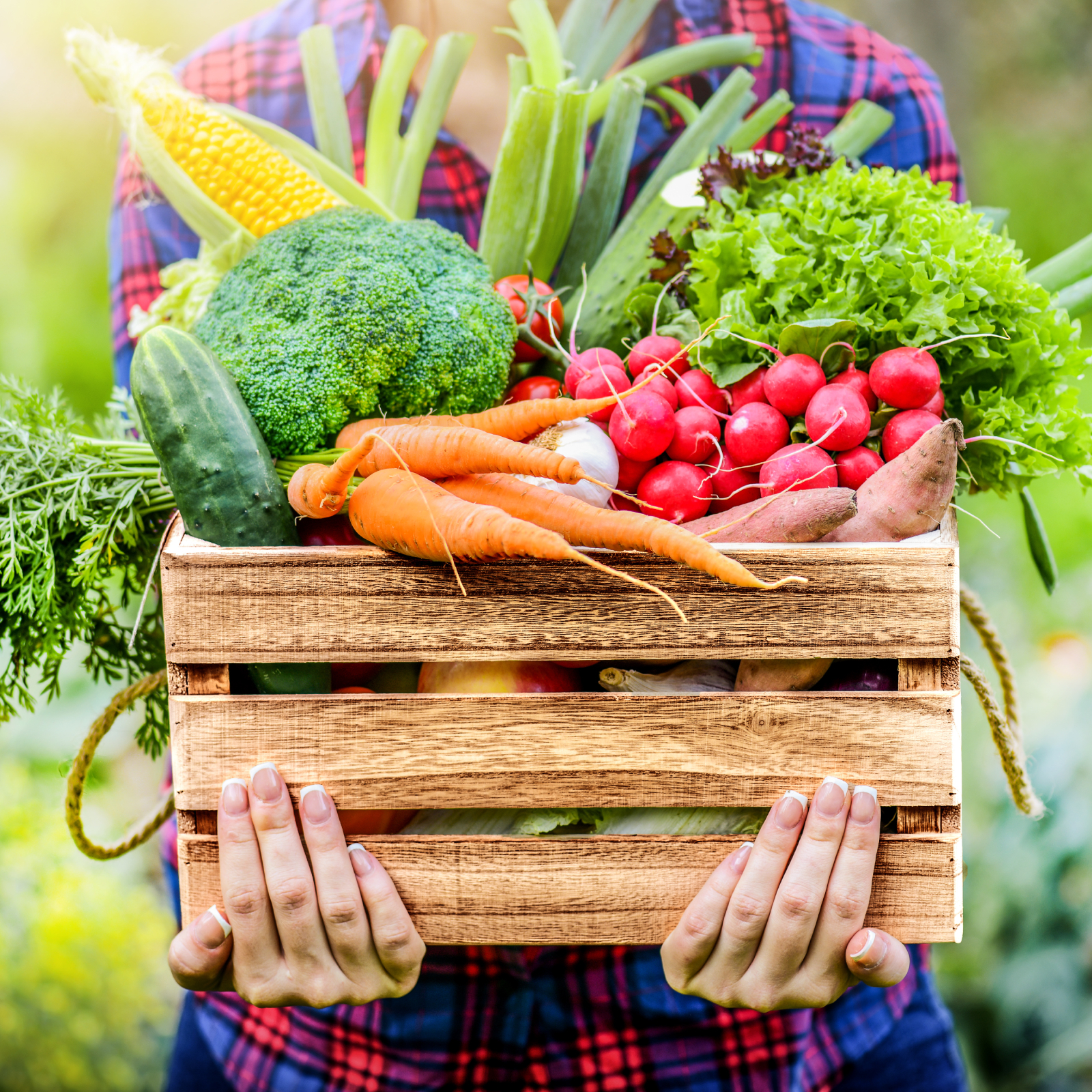 How And When To Harvest Vegetables For The Freshest Flavor Ever
How And When To Harvest Vegetables For The Freshest Flavor EverVegetable harvesting at the correct time can make the difference between flavorful and unpalatable produce. Here are some garden harvest tips to follow.
By Amy Grant